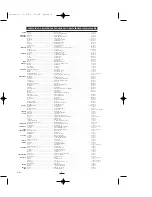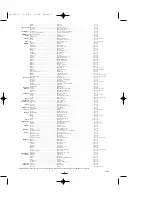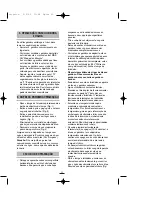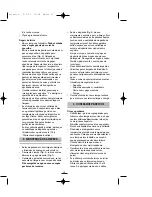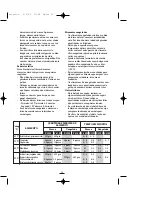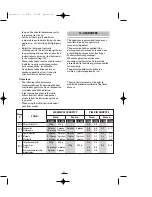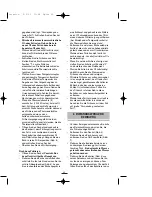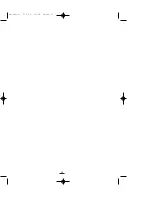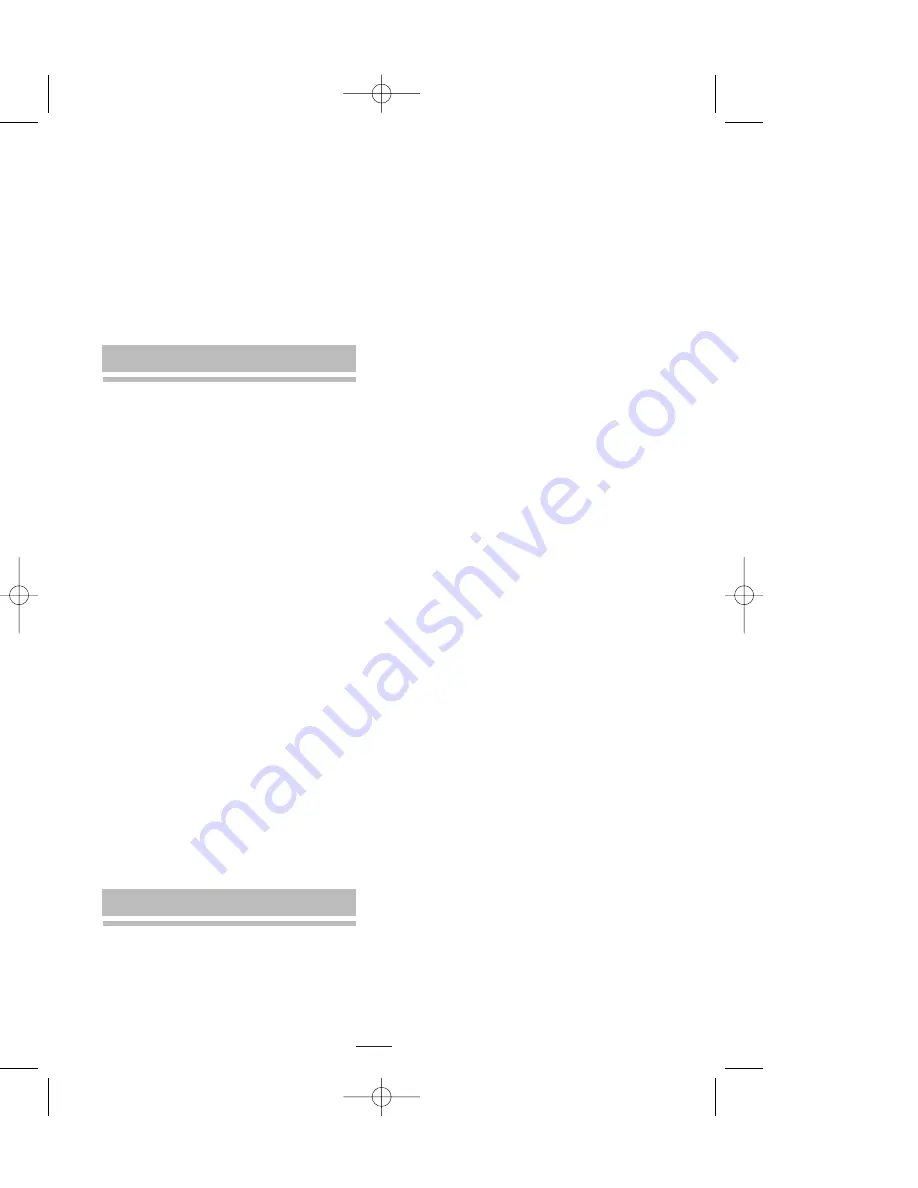
19
liquid fat in tightly sealed containers
either in the refrigerator or a cool place.
Pour the oil into the containers through a
sieve in order to remove any left-over
particles of food.
• If you are using solid fat, let it solidify in
the fryer pan and then store your
appliance with the fat still inside it (see
section entitled "Using with Solid Fat").
8. CLEANING AND MAINTENANCE
• Before cleaning, unplug the fryer and
wait for it to cool.
• Remove the lid (Fig. 4), lift out the basket
and release the handle (Fig. 7).
• Remove the control panel and, if
necessary, clean with a damp cloth. Do
not submerge in water or hold under a
running tap.
• Remove the oil pan (Fig. 8) and empty
before cleaning. To remove used oil or
fat, pour into the original container. If you
have used solid fat, wait for it to solidify
and then empty the pan using a spatula.
• Clean the lid, basket, basket handle and
oil pan with hot soapy water. Rinse well
and dry. These elements can also be
cleaned in the dishwasher.
• Do not use solvents or abrasive
detergents to clean the fryer. The outer
casing should be cleaned with a damp
cloth.
• Insert the cable into its housing and then
re-assemble the fryer in the following
order:
- Oil pan
- Control panel + element.
- Basket with handle.
- Lid.
• Store the appliance with the lid closed in
order to protect the inside from dust and
dirt.
9. PRACTICAL ADVICE
Oils and fats
• Use oils/fats suitable for frying foods at
high temperatures, i.e. oils/fats with
polyunsaturated acids (oils) or vegetable
margarine.
• Replace the oil or fat regularly. Never
add new oil to used oil.
• Do not keep the oil/fat heated to high
temperatures any longer than strictly
necessary. Turn the temperature selector
to a low setting if there is a long time to
wait between frying operations. Keeping
oil at high temperatures for long periods
of time will mean that you will have to
replace the oil more often.
• In general, oil and fat become darker
more quickly when used for frying
protein-rich foods (fish or meat).
• If the appliance is used for frying chips
and the loose particles left over in the oil
are removed after every operation, the
same oil can be used 10 to 15 times.
Under no circumstance use for more than
6 months at a time. After this period,
always throw the oil/fat away.
• Always replace the oil if it starts bubbling
when heated, if it smells or tastes rancid,
if it has become very dark in colour or if
it has lost its fluidity.
• If you do not use your fryer often, it is
best to keep the oil or fat in sealed glass
containers, preferably in the refrigerator.
It is not a good idea to keep oil in the
fryer for long periods of time.
Chips
For tasty, crispy chips, take note of the
following tips:
• Never use new potatoes (early potatoes
do not generally give very good results).
Cut into small sticks.
• Run the chips under the cold water tap.
This will prevent them sticking together
when fried.
• Dry with a clean cloth or absorbent
kitchen paper.
• Chips should be fried in two stages:
- First stage: at 160º C for 4-6 minutes.
- Second stage: at 190º C for 2-4
minutes.
• When frying frozen chips, cook in
accordance with the instructions given on
the packaging.
Frozen foods
• Frozen foods will greatly reduce the
temperature of the oil when inserted into
interior. 5/2/02 11:48 Pgina 18



